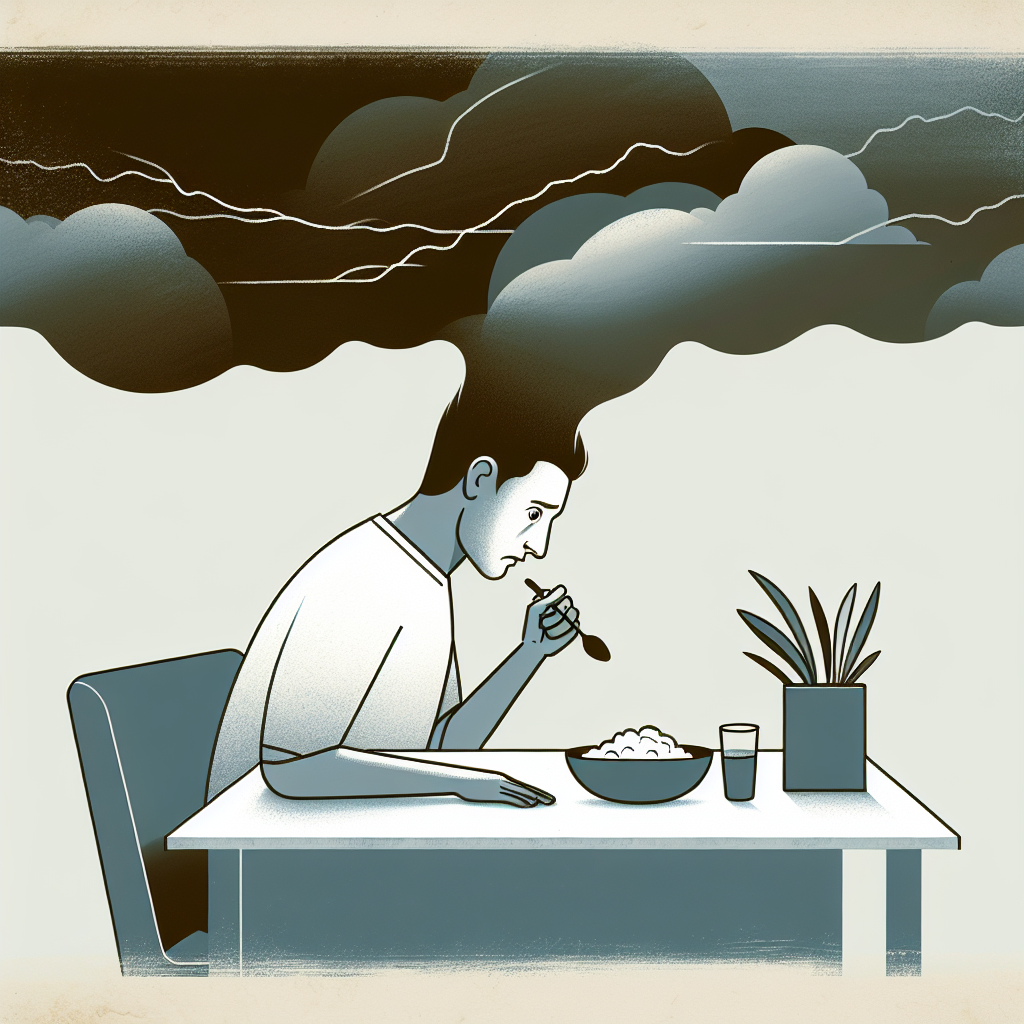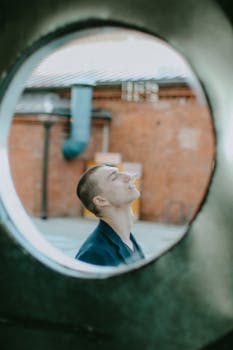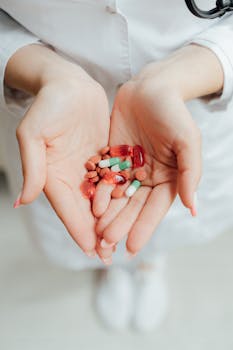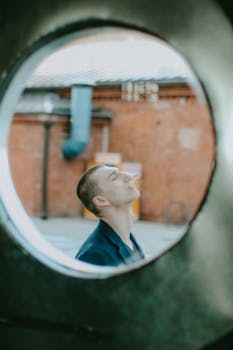Eating should feel nourishing, but for many people mealtime can trigger unexpected worry and physical discomfort. This article outlines realistic, step-by-step fixes for anxiety while eating and explains why those sensations happen, how to calm them in the moment, and how to prevent future episodes.
Coping When You’re Anxious While Eating
First, know that the sensation is common and treatable. Anxiety while eating can show up as a racing heart, stomach tightness, or intrusive thoughts about choking, calories, or contamination. Some people experience an anxiety attack after eating, while others notice a low-grade worry that builds into anxiety after eating meals or snacks. Identifying the pattern—whether it’s an immediate panic response or gradual unease—helps determine which step-by-step strategies to use.
Why this happens: quick causes
Several mechanisms can make you feel anxious after eating. Physiological responses to certain foods (high caffeine, sugar, or heavy meals) can mimic panic symptoms. Digestive sensations can be misinterpreted by the brain as danger, creating a loop of worry. Past trauma around food, disordered eating thoughts, and learned associations (for example, feeling sick after a meal once and then expecting it again) are psychological drivers of food anxiety and food induced anxiety. For some, the question “why do I get anxiety after eating?” relates to medical triggers like blood sugar swings or reflux; for others, it’s more about conditioned fear: why do I have anxiety after eating in social settings or after specific foods?
Practical, step-by-step fixes
Use these actions in sequence: short-term, immediate techniques followed by longer-term practices to reduce recurrence.
- Grounding and breathwork (0–10 minutes): When you feel an anxiety attack after eating starting, use 4-4-8 breathing—inhale for 4, hold 4, exhale 8—and name five things you can see to return your nervous system to baseline.
- Gentle physical adjustments (0–30 minutes): Sit upright for digestion, sip room-temperature water, and avoid lying down right away. Light movement like a short walk can reduce bloating and anxiety symptoms.
- Reassuring self-talk: Remind yourself that physiological sensations can be scary but are not dangerous. Phrases like “this will pass” or “I have handled this before” reduce fear.
- Check immediate triggers: If you consumed caffeine or a large amount of sugar, consider future moderation. Track how specific foods affect you to identify patterns of food induced anxiety.
- Plan for next meals: Eat smaller, balanced meals that combine protein, fiber, and healthy fats to stabilize blood sugar and avoid spikes that can provoke panic.
Longer-term strategies
Addressing root causes reduces the chance of recurring episodes. Cognitive Behavioral Therapy (CBT) can help reframe catastrophic thoughts about swallowing or digestion. Exposure-based approaches—gradually confronting feared foods or mealtime situations—can desensitize food-related fears. Mindful eating practices teach you to attend to hunger and fullness cues without judgment, reducing anticipatory worry that fuels anxious after eating sensations.
If you spend time online checking symptoms or comparing experiences, consider reducing screen-based worry triggers. A focused break from devices can lower background anxiety; see this helpful digital detox guide to reclaiming focus and reducing anxiety for practical steps to reduce tech-driven stress.
When to seek medical or professional help
Persistent or severe reactions—especially if you experience regular physical symptoms like fainting, severe chest pain, or difficulty breathing—warrant medical evaluation to rule out cardiac, endocrine, or gastrointestinal causes. If worry about food interferes with daily life, a mental health professional can help with targeted therapies for food anxiety and anxious after eating patterns. For an authoritative overview of anxiety disorders and treatment options, see the NIMH overview of anxiety disorders.
Small habits that make a big difference
Over weeks and months, integrate these habits:
- Prioritize regular meals to avoid blood sugar dips that trigger anxiety.
- Limit stimulants like coffee around meals if you notice increased anxiety while or after eating.
- Practice a short mindful meal routine—three deep breaths before starting, and one pause halfway through.
- Share meals with calm, supportive people to reduce anticipatory dread about eating in public.
Bulleted quick checklist
- Use grounding breathing during acute episodes.
- Avoid lying down immediately after eating.
- Track which foods trigger anxious after eating feelings.
- Try CBT or exposure therapy for persistent food anxiety.
FAQ
Q: Can physical digestion issues cause anxiety after eating?
A: Yes. Gastrointestinal sensations, reflux, or blood sugar changes can feel alarming and be interpreted as panic; ruling out medical causes is an important first step.
Q: Is it normal to feel anxious about eating in public?
A: Many people feel social anxiety around meals. Working gradually to expose yourself to sharing food or eating in groups, combined with breathing skills, can reduce anxiety attack after eating in social settings.
Q: What if I still ask myself “why do I have anxiety after eating” even after trying these tips?
A: Persistent questions are a cue to seek professional help—therapy can identify underlying patterns and provide tailored tools to manage and overcome food-related fear.






